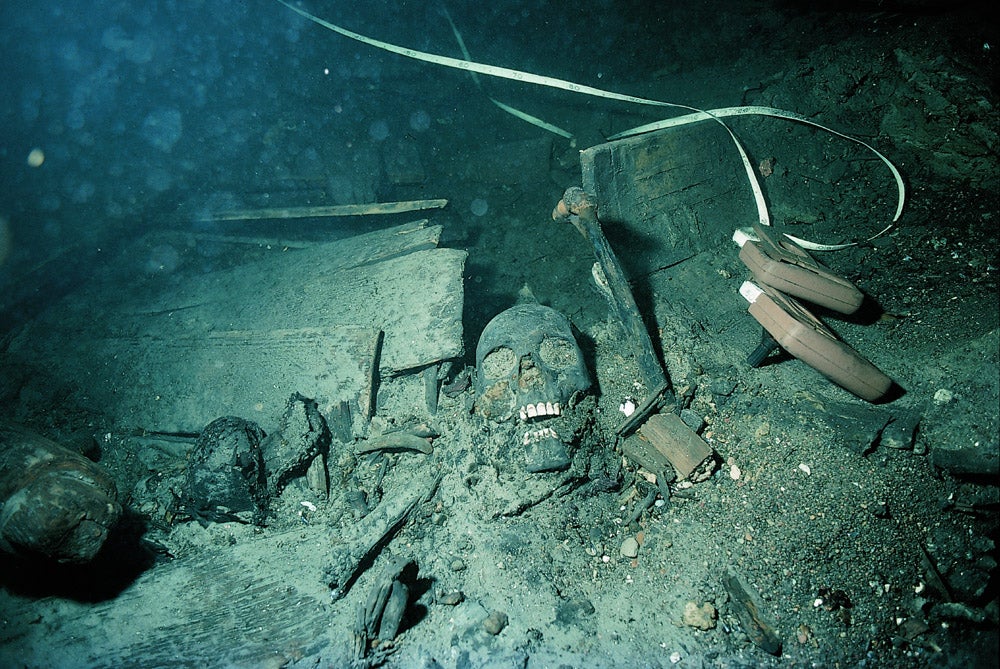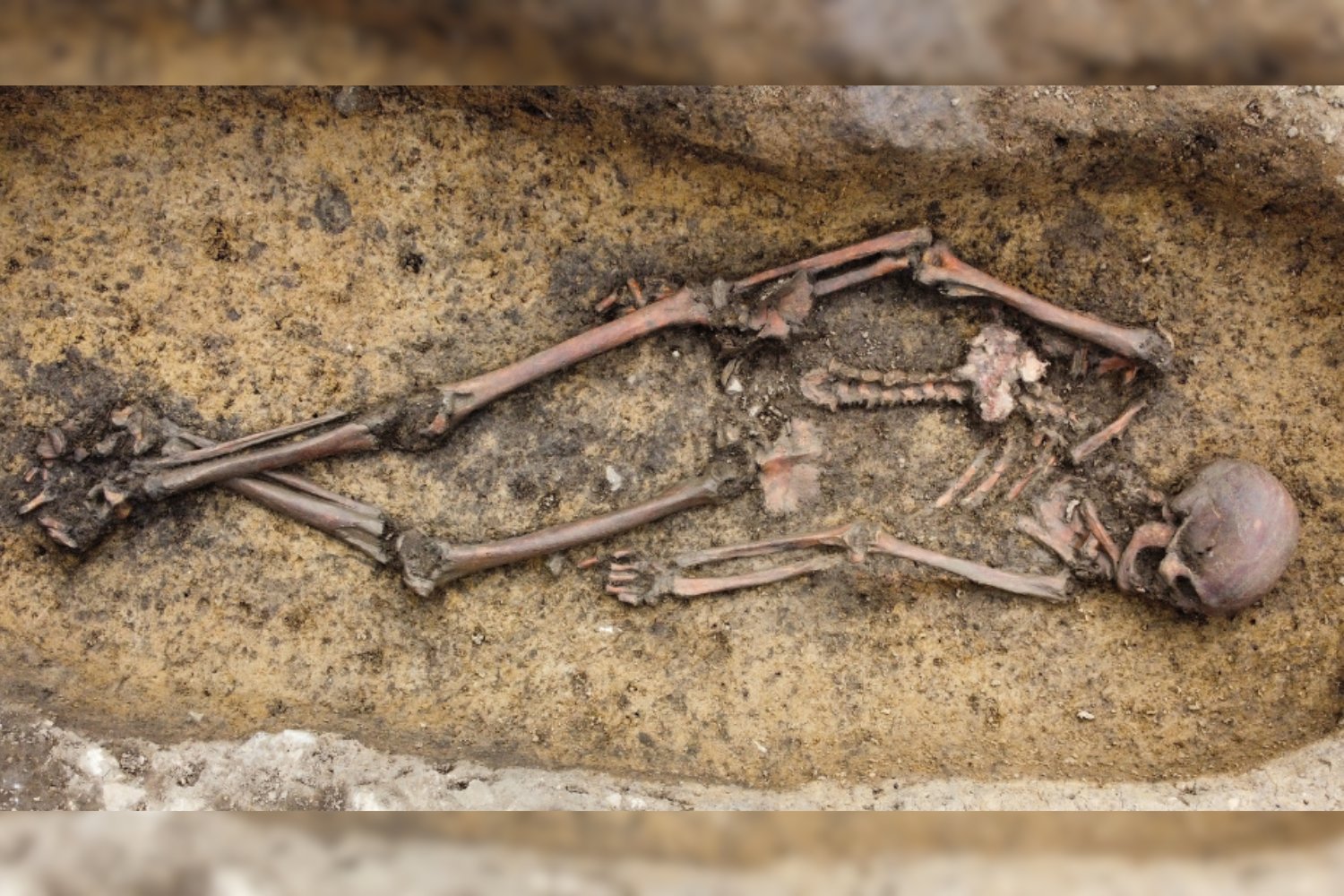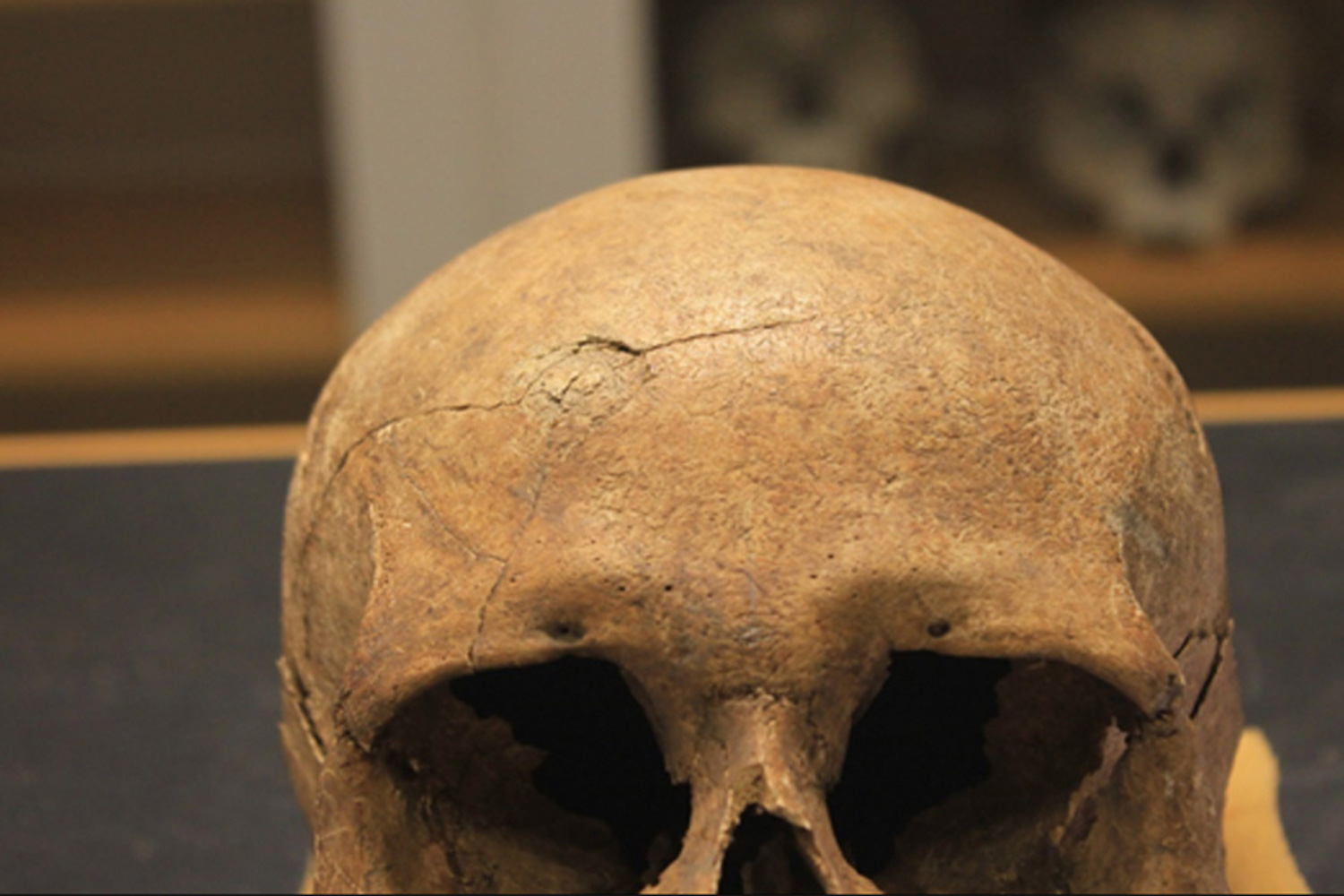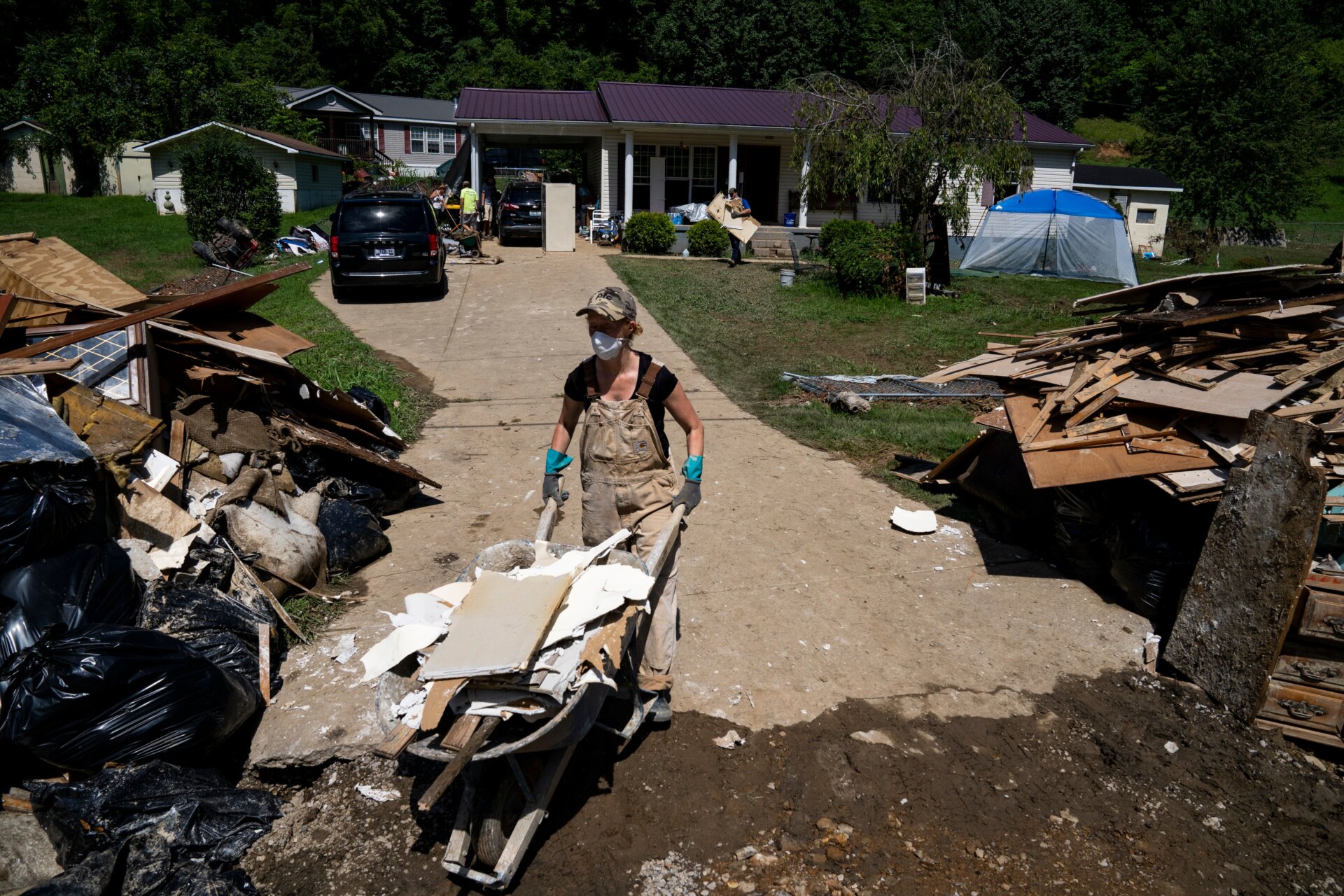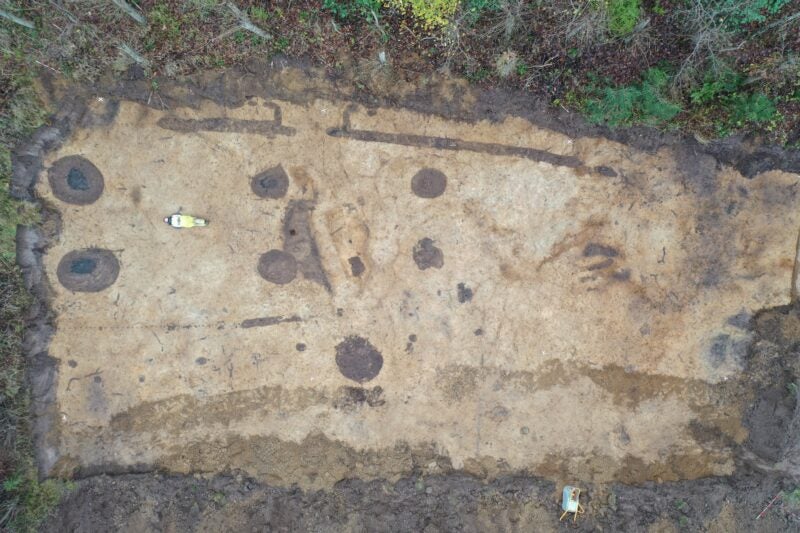Paleogeneticists have taken a sweeping look at 297 ancient genomes from Scandinavia and compared them with genetic data from 16,500 living Scandinavians to better understand the genetic history of the region.
From their analysis, the team determined the origin and timings of major gene flows into the region, the dilution of external ancestries from the gene pool over time, and the reason for a north-south cline in the modern gene pool.
The research, published today in Cell, was originally three different genetic studies: One looked at data from the Sandy borg ringfort; one investigated human remains from the wreck of a 17th-century Swedish warship; and another looked at the genetic identities of ancient Scandinavians who were buried in boats.
“At some point it made more sense to unite them to one study on the Scandinavian demography during the latest 2,000 years,” said Anders Götherstrom, a paleogeneticist at the Center for Paleogenetics in Sweden and a co-author of the paper, in a Cell release.
The research tracked gene flow into Scandinavia, and the team reported sources of gene flow from the eastern Baltic, Britain and Ireland, and southern Europe.
With ancient DNA extracted from human remains found across a diversity of archaeological sites, the researchers acquired a similarly diverse sample of people in the region across two millennia. “I do not think there is any other study digging this deep into Scandinavia,” Götherstrom said.
The team interrogated a genetic cline—a geographically based differentiation—in modern Scandinavians from the northern and southern parts of the region, with people in the north having more Uralic ancestry. They posit that the difference may be due to Uralic people arriving in the eastern Baltic around the end of the Bronze Age, around 1200 BCE.
The researchers also explored the Viking Age (from about 750 CE to 1050 CE), during which there was significant cultural (and genetic) exchange—in no small part thanks to Vikings’ seafaring ways.

Based on their analysis, the researchers believe that the Viking Age contributed to the British and Irish gene flow into Scandinavia. In the study, they wrote that “the circumstances and fate of people of British-Irish ancestry who arrived in Scandinavia at this time are likely to have been variable, ranging from the forced migration of slaves to the voluntary immigration of more high-ranking individuals such as Christian missionaries and monks.”
Two examples are a female buried in a boat in central Sweden in the Late Viking period; her burial circumstances suggested a high social status. Meanwhile, a 5th-century female with British-Irish ancestry buried in Denmark had no such trappings, suggesting a different sort of social class.
Andre Luiz Campelo dos Santos, an archaeologist at Florida Atlantic University who was unaffiliated with the recent study, told Gizmodo via email that the work “confirms that the Viking Age—besides representing the past expansion of Scandinavians to other regions within Europe—also enabled the first arrival of diverse foreign genomic ancestries into the Scandinavian Peninsula.”
“I am excited to see future outcomes of a fine scale investigation in Scandinavia, as it has the power to reveal the detailed levels of diversity in the region,” Santos said.
Despite of all the ancient gene flow into Scandinavia, a relatively small amount of external ancestry actually made it into the modern gene pool in Scandinavia. The team isn’t sure why. In future work, they intend to add more genomes to the already voluminous dataset, which could help elucidate this and other remaining questions.
